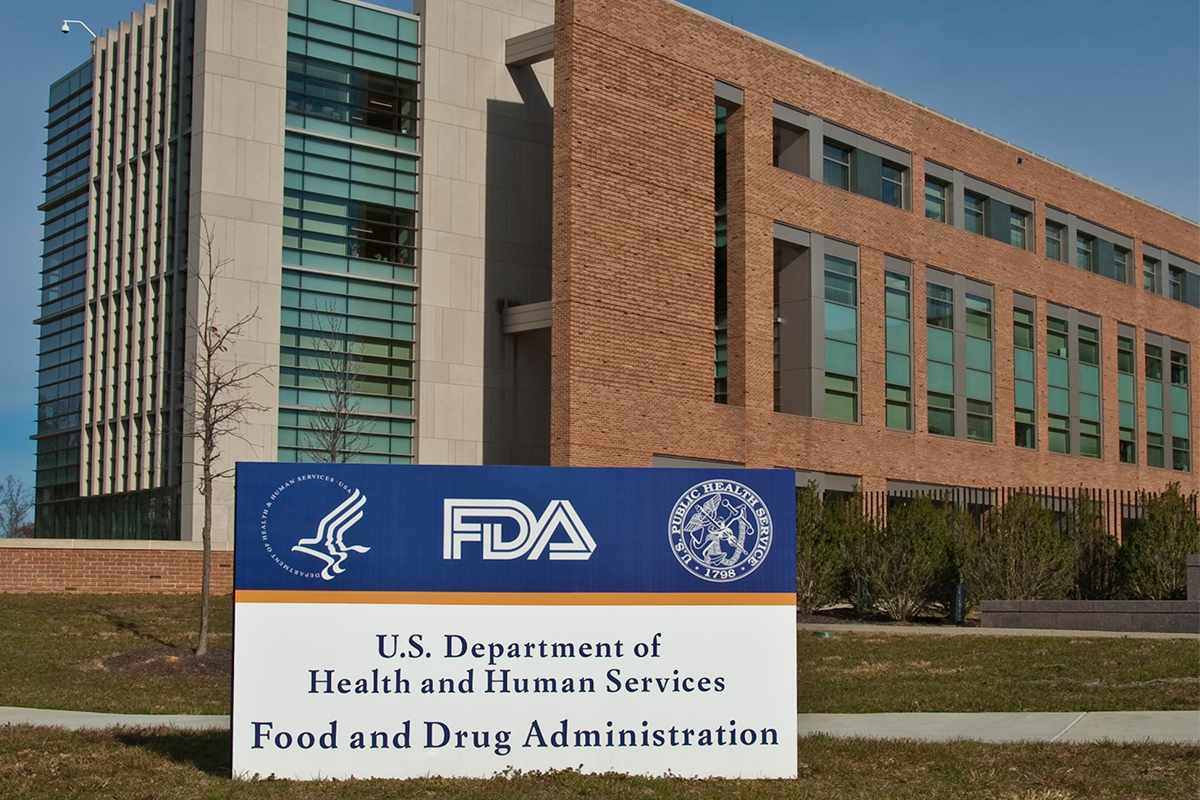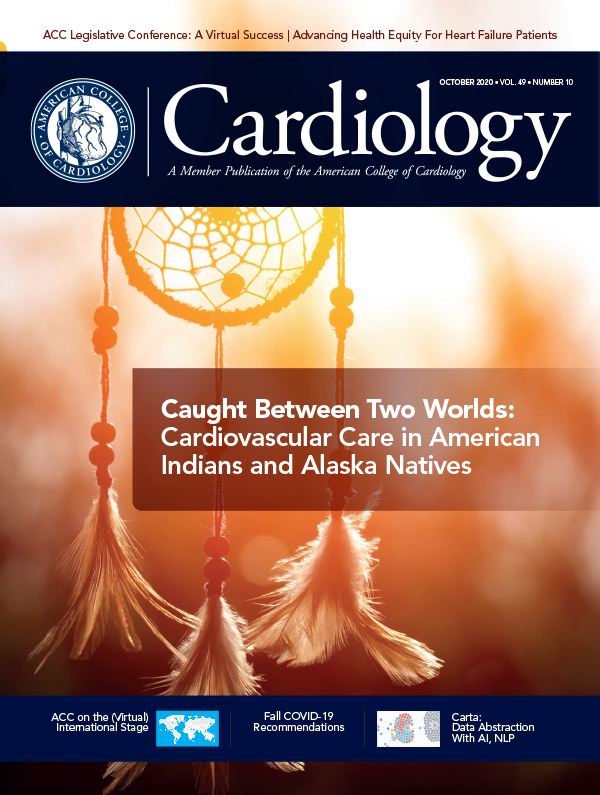Guest Editorial | NCDR: Taking the Lead in the Quest For Optimal Cardiovascular Care

Quality assessment and improvement were introduced into modern medicine by visionaries like Florence Nightingale and Ernest Codman in the 19th and early 20th centuries. While these quality "revolutionaries" faced substantial resistance from their contemporaries, quality improvement (QI) is now firmly established as a fundamental component of clinical practice.
In parallel with the growing acceptance of the conceptual importance of QI, quality measurement – fundamental to any effort to optimize quality – has evolved and expanded.
The ACC and its NCDR programs have been at the forefront of the QI revolution in cardiovascular medicine. In partnership with the American Heart Association, the ACC began to develop evidence-based guidelines for a broad range of cardiovascular conditions in the 1980s.
These guidelines, in conjunction with derivative performance measures, establish those aspects of care that are most important to measure to support QI.
However, these documents by themselves are of limited value without a measurement mechanism. Thus, in 1998, the ACC, in collaboration with the Society of Cardiovascular Angiography and Interventions (SCAI), established the NCDR CathPCI Registry to understand the translation of guideline recommendations into practice in cardiac catheterization laboratories.

The CathPCI Registry produced detailed reports on performance with respect to guideline-recommended treatments for individual participants benchmarked to the performance of all participants, creating aspirational QI targets.
This foray into registries included both financial and reputational risk: deploying and maintaining a registry is resource intensive. Further, at that time, QI was viewed with indifference if not skepticism by much of the clinical community.
Despite these barriers, the ACC persisted in supporting its members to provide the right care to the right patient at the right time. As QI gained traction, participation in the CathPCI Registry grew.
Then, in 2005, the Centers for Medicare and Medicaid Services (CMS) approved payment for ICDs for primary prevention of sudden cardiac death for Medicare beneficiaries with left ventricular systolic dysfunction.
As a condition of approval, hospitals performing ICD implantation were required to submit data to a registry for the development of evidence to answer questions of importance to CMS beneficiaries (a process known as a "coverage with evidence development," or CED).

The ACC, in collaboration with the Heart Rhythm Society (HRS), developed the NCDR ICD Registry to support ACC and HRS members and hospitals in conforming to the CMS ICD CED.
Contemporary clinical priorities and subsequent CMS CEDs (TAVR and transcatheter left atrial appendage occlusion) informed the development of new registries.
NCDR now comprises 10 separate programs, each of which collects structured data to report evidence-based quality metrics, risk-adjusted outcomes and appropriate use criteria for resource-intensive procedures and high-impact conditions. The PINNACLE Registry and Diabetes Collaborative Registry, operated in partnership with Veradigm, focus on ambulatory cardiovascular care.
NCDR is now an internationally recognized platform supporting QI in cardiovascular medicine.
Feedback of data on care quality and risk-adjusted outcomes with representative national benchmarks remains a central function of NCDR, but the programs have served broader purposes. NCDR has provided data for more than 500 peer-reviewed papers that have advanced our understanding of the care and outcomes of cardiovascular disease.

The programs have generated data that informs decision-making at the Food and Drug Administration (FDA) and support advocacy on behalf of cardiovascular patients.
Collaboration with other stakeholders has been a hallmark of NCDR. For example, the collaboration between the ACC and Society of Thoracic Surgeons (STS) led to the STS/ACC TVT Registry in 2012. The registry supports the FDA with postmarket approval studies of transcatheter valves and CMS for the CED for percutaneous aortic valves, as well as device manufacturers.
This collaborative spirit has been fundamental to NCDR's success.
Despite the success of NCDR in establishing programs that have touched the lives of millions of patients, past success is no guarantee of future performance, particularly in the rapidly evolving U.S. health care environment.
One example of NCDR's focus on these strategic priorities is the multifaceted effort to address the burden of data collection.
Program version updates include a thorough evaluation of the comprehensive data dictionary to ensure every variable supports the calculation of a quality metric, be it an evidence-based process measure, a risk-adjusted outcome or an appropriate use criterion. Variables that have proven unreliable are removed; further, variables of potential interest for research but not related to a metric are not permitted.

With respect to data collection, NCDR has agreements with software vendors that facilitate the integration of data from common electronic health data platforms, reducing the need for manual data abstraction of structured variables where they are available.
Finally, in recognition that existing platforms fall short of providing much of the clinically detailed data required to report the broad array of NCDR metrics, the ACC is collaborating with CARTA, a health analytics company, to improve the efficiency of data collection through automation facilitated by natural language processing and artificial intelligence.
By means of these complementary efforts, NCDR is making meaningful progress in streamlining the effort required to obtain clinically valid evidence-based measures of quality of care, which can be used to identify opportunities for improvement.
The NCDR programs have grown since its modest beginnings more than two decades ago. Now recognized as the standard for cardiovascular quality measurement, the programs are used nationwide as the basis for efforts to ensure that patients receive the best cardiovascular care.
Clinical Topics: Cardiac Surgery, Invasive Cardiovascular Angiography and Intervention, Aortic Surgery
Keywords: ACC Publications, Cardiology Magazine, Benchmarking, Centers for Medicare and Medicaid Services, U.S., Medicare, American Heart Association, Quality Improvement, Natural Language Processing, Artificial Intelligence, United States Food and Drug Administration, Cardiovascular Diseases, Aortic Valve, Traction, Atrial Appendage, Medicaid, Process Assessment, Health Care, Transcatheter Aortic Valve Replacement
< Back to Listings


